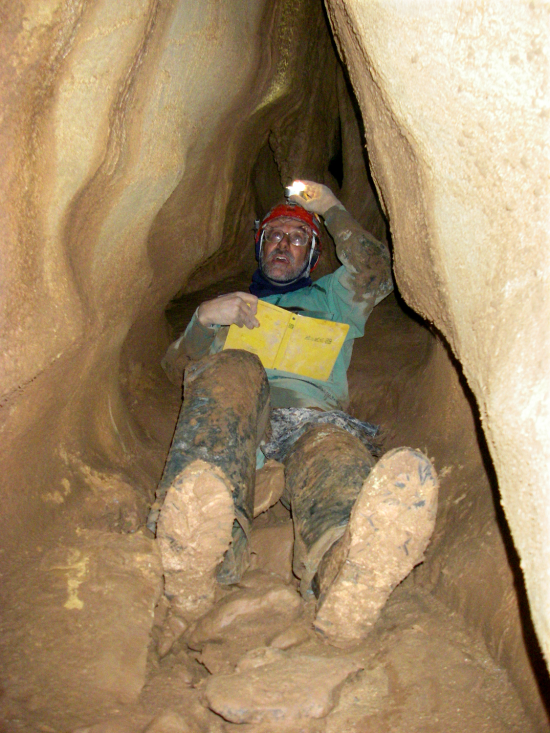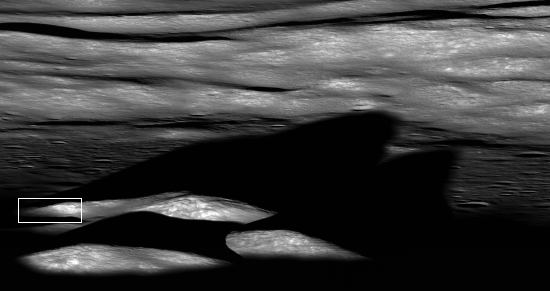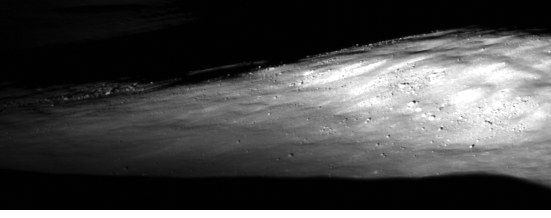On Saturday (July 24) the American Geophysical Union published a paper in Geophysical Research Letters, entitled “Northern Hemisphere winter snow anomalies: ENSO, NAO and the winter of 2009/10.” This paper attempted to explain the unusually cold 2009-2010 winter, with its record snow falls.
The conclusions of the paper were reasonable, noting that this past winter experienced both an El Nino event in the Pacific as well as a very negative (cold) North Atlantic Oscillation (NAO). To quote the paper’s conclusions: “In winters when an El Nino event and a negative NAO combine, analysis reveal that there are positive snow anomalies across the southern U.S. and northern Europe.”
The authors of the paper made no attempt to explain why these two climate events “combined” this past winter, which in the field of climate change is actually the essential question. What caused it? Moreover, did the deep and extended negative (cold) phase of the Arctic Oscillation (AO) contribute as well, and if so, why did the AO also go negative this winter? And finally, were all these climate events somehow related to the Sun’s unusally long and deep solar minimum?
That they didn’t answer these fundamental questions is not surprising. Climotogists have been struggling with them for decades, and to expect this quickly written paper focused on this one climate event — the cold winter of 2009-2010 — to answer them would be unreasonable. In fact, considering the state of our knowledge, it probably is impossible for any paper to answer these questions at this time.
What makes this particular paper really noteworthy, however, is a quote in its introductory paragraphs:
The wintry winter has encouraged deniers of global warming » Read more






